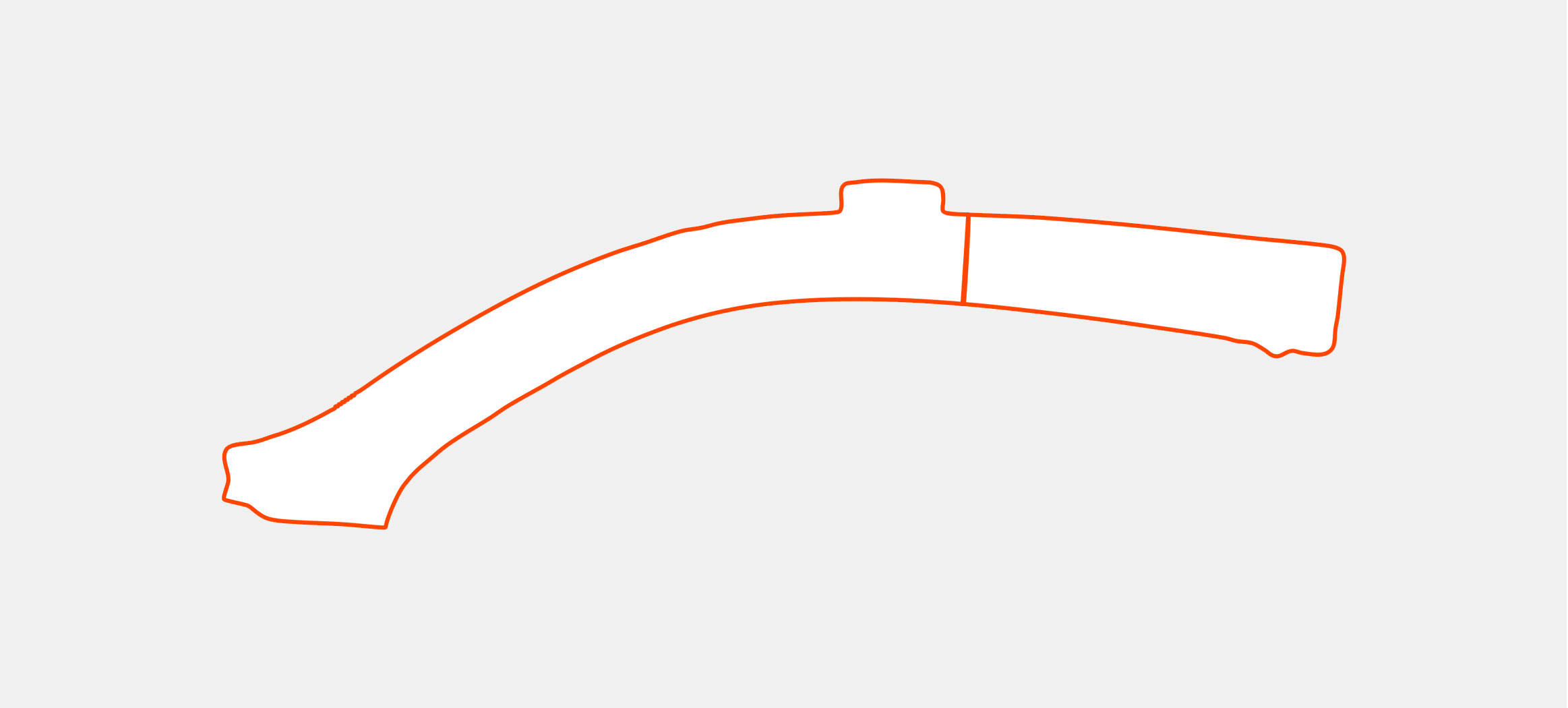
ArcelorMittal Europe – Flat Products

ArcelorMittal Europe – Flat Products
Optimising steel usage with advanced nesting opens the door to significant cost reductions for OEMs without affecting the part’s mechanical properties. And it significantly reduces scrap which increases sustainability.
Nesting is commonly used to produce blanks. However, there is room to make this process more efficient and more sustainable for some specific parts. ArcelorMittal has completed a study into an A-pillar to showcase the potential benefits of combining laser welded blank technology and nesting optimisation.
A common nesting configuration has been observed at OEMs who produce A-pillar blanks. The configuration places the monolithic blanks face-to-face on the line. The net weight of each monolithic blank is 5.6 kilograms. But due to wastage, 10.6 kg of steel is required to produce each part. Effectively, 48 percent of the steel in the coil is scrapped and recycled. This considerable volume of scrap must be handled and transported for recycling.
Advanced nesting optimisation ensures a smarter way to produce blanks. Using this technique, OEMs can create two sub-blanks instead of a single monolithic blank. That enables the position of the blanks to be optimised on the sheet and reduces the amount of steel required: just 23 percent of the steel needs to be scrapped instead of 48 percent for the baseline.

Standard nesting of monolithic A-pillar blanks: 48% material lost

The advanced nesting process requires 7.3 kg of instead of 10.6 kg – reducing the scrap rate to just 23 percent
The mechanical properties of the part remain unchanged compared to those of a monolithic blank. The net final weight of the part also remains unchanged.

The advanced nesting optimisation process provides a range of benefits. For the A-pillar alone, material usage is reduced by almost 30 percent. Cost is also reduced by around €1.00 per car due to the material savings.
And if the volume of steel utilised can be reduced by 30%, the nested LWB solution provides a corresponding 30 percent reduction in CO2 emissions. That emissions reduction is accessible immediately.